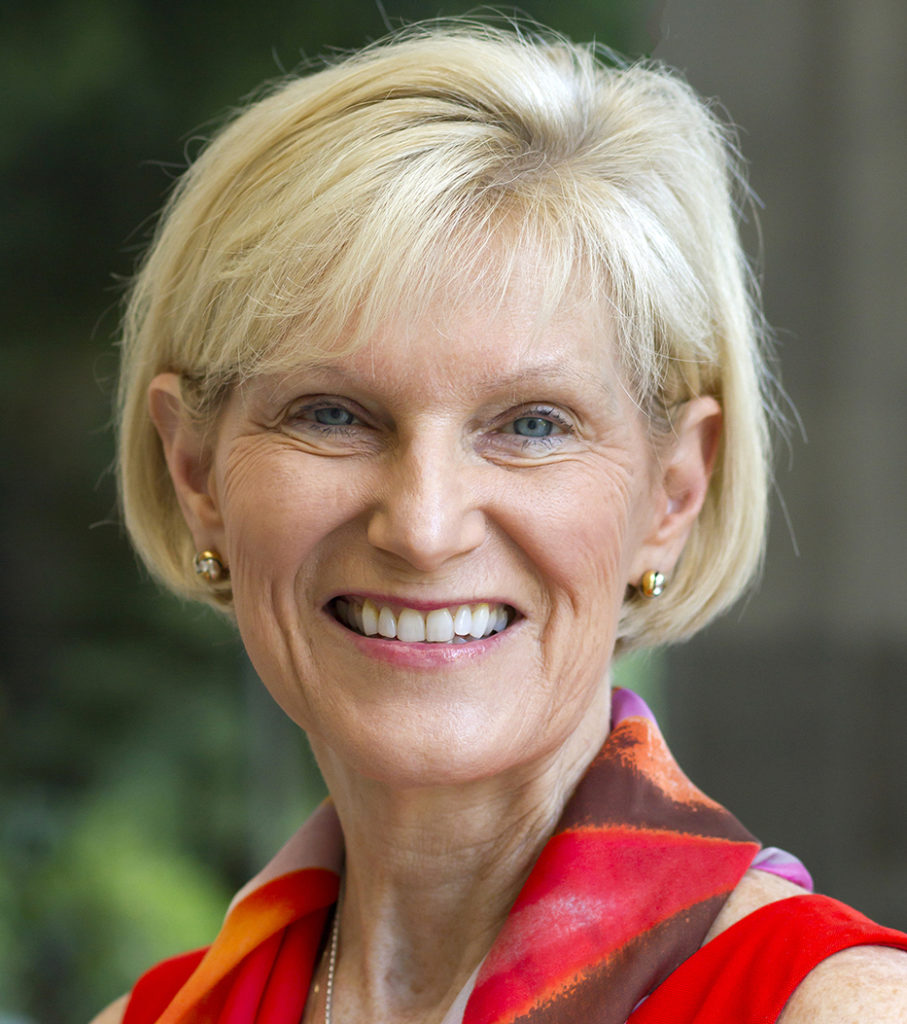
As we approach fire season here in California, we can’t help but think, “When and where will it happen next, and who will be most impacted?”
We may not know exactly when disaster will strike, but the fact of the matter is, we know that when it does, one of the most vulnerable groups is our state’s aging population. The same is true for older adults and natural disasters in other states.
In California, we have faced eight of the 10 most destructive fires in state history in the past five years alone. The inherent danger of these fires is only exacerbated by the presence of other disasters and emergencies that we’ve seen, such as the Oroville Dam spillway failure and the COVID-19 pandemic. Any of these events pose large threats individually, but potentially massive ones when coupled together.
Older adults at greater risk
Our older adult population is put at greater risk in these situations because they already lack the support needed when disaster strikes. Time and time again, media articles state that elderly people fell victim to a disaster because they didn’t have the information, transportation or access to timely medical care that could have saved them.
To stymy the effects of recent events, long-term care facilities have been forced to take unprecedented actions to protect their residents and staff members, but more proactive action is needed. Although we can’t predict when disaster will strike, we can prepare for when it does happen.
When it comes to California wildfires, the state legislature can demonstrate its commitment to disaster preparedness and the protection of our state’s aging population by incorporating the creation of a Long-Term Care Mutual Aid Program into the state budget, and its benefits far outweigh its minimal cost; $9 million in one-time funding, out of a $100 billion budget surplus, will get it started and the program only asks for $2 million in ongoing funds. This minimal investment from the state’s coffers could fund a mutual aid program that would facilitate invaluable coordination between long-term care facilities and local governments.
Specifically, the funds would help facilitate emergency evacuations, enhance surge capacity strategies and provide resources and assets to prepare facilities for single facility and isolated incidents as well as statewide disasters.
Mutual aid program can mitigate risk
A mutual aid program can protect older adults, mitigating risk by preparing for disasters and establishing local resiliency and coordinating strategies between long-term care facilities for equipment, staffing, planning, training and disaster exercises to support providers of housing, care and services for older adults and emergency responders.
In California, wildfires bring a sense of urgency. We cannot wait to act. As COVID continues to have a stronghold on our communities, the drought continues to worsen, and we begin to see the reemergence of fires across our state, we must act before things get worse. Before the next surge. Before the next fire decimates another community. Before another older adults dies from lack of emergency preparedness. Our state must act.
Older adult communities and the state need this mutual aid plan now so that the next time disaster strikes, we are prepared to respond, saving us time, money and, most importantly, lives.
Jeannee Parker Martin is president and CEO of LeadingAge California which represents a broad spectrum of nonprofit providers of housing, care and services for older adults.
The opinions expressed in each McKnight’s Senior Living guest column are those of the author and are not necessarily those of McKnight’s Senior Living.
Have a column idea? See our submission guidelines here.




